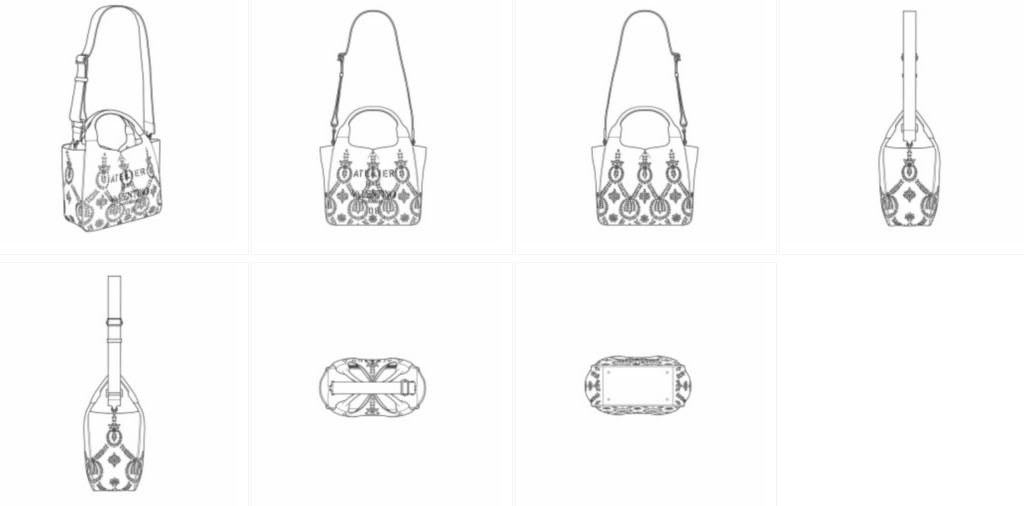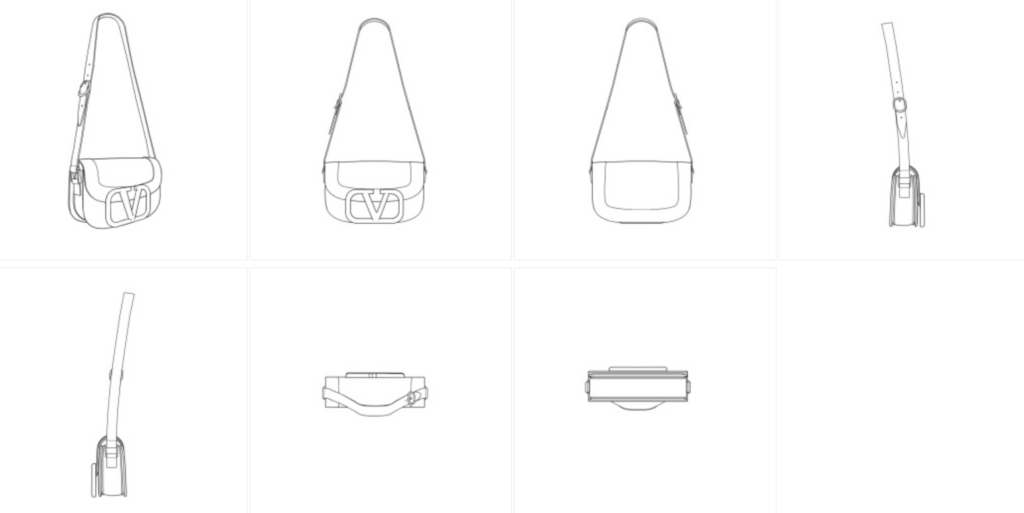This is an article with educational information about Intellectual Property.

The relevance that the textile industry has as a manufacturing sector in the country is due to the percentage it contributes to the national GDP, thus, all those who make up this sector contribute from the clothing to its industrialization of textile products with added value, to position itself against to competition from both national and international textile companies.
In this sense, fashion has become a successful business, in which new consumers are increasingly arriving to be part of this sector. Which causes large or medium-sized companies, and even entrepreneurs, to respond to the needs of their consumer public, bringing to the market new designs of their clothing products including footwear, jewelry, bags, wallets and other accessories.
However, under this precedent, the need for legal protection in this sector arises. That is why Fashion Law appears as an area or modality to cover those legal gaps that must be protected by law, precisely so that your industry becomes more solid.
In other words, designs and all fashion creations must have their own legal protection, since intellectual property within Fashion Law focuses on the comprehensive protection of all assets generated in the sector.
In short, there are several ways to protect a textile asset such as trademark registration; an industrial design; a utility model; a patent, even a copyright.
Now, for a broader approach to the common denominator of trademarks, industrial designs will be treated as those products endowed with particularities to protect them.
An industrial design is based on the innovation of its form, on its external appearance itself, so, in accordance with Ecuadorian regulations, the particular appearance of a product that results from any meeting of lines or combination is considered industrial design. of colors, or any two-dimensional or three-dimensional external shape, line, contour, configuration, texture or material, without changing the destination or purpose of said product.
Already in the application of textile products as such, the protection requirements must be taken into account. An industrial design must always be new, that is, for it to be registrable it must not have been accessible to the public, either in its use, marketing, etc. Furthermore, it cannot be considered new simply because it has secondary differences.
Given this, the Court of Justice of the Andean Community, in Process No. 208-IP-2015, has indicated that an industrial design is new when it implies a change in the shape of the product to which it is applied, giving it an appearance different from the one I had.
To exemplify the above, let's take certain textile products such as wallets, bags, or footwear, considering that these will not lose their utilitarian purpose as such, but rather, their only change will be their ornamental shape, which is accompanied by an appearance particular, innovative, original and new, or for its mixture of colors, textures, patterns, etc.
Now, let's put ourselves in the position of an average consumer, who goes to buy a purse, on the hanger you will find two types of purses, on your left side is an ordinary black shoulder strap purse, and on your right side is find a black wallet with a totally new appearance, with a particular circular shape, in which a combination of textures stands out to give it another appearance; Faced with these options, if the average consumer has no choice in purchasing any of the two products mentioned in comparison, the differences between the two wallets will be completely irrelevant, but, if he prefers one of the two products because it is more aesthetically attractive like the wallet of the right, the differences are considered relevant, and therefore it will be understood that the differences between the two are substantial.
Thus, secondary differences with previous realizations do not provide novelty to a design, that is, the differences will be secondary when they are not capable of allowing differentiation, so the average consumer will not be able to compare or distinguish it with similar or existing designs. /previous.
As an example, there are the portfolios of the company Valentino S.PA:

DM/214876-002
Product indication:
Bag

DM/204894
Product indication:
Bag
In short, the purpose of industrial designs is their aesthetic form, only their ornamental elements and appearance are taken into account so that said industrial design is granted such a category, remembering that its technical effect is not protected, well, for that There are utility models and patents.
In summary, the registration of an industrial design in textile products is essential, as it gives its owner the right of exclusive use in the exploitation of its design for 10 years, as well as, to take action and prevent third parties from using products in commerce. or that manufacture, sell, import, incorporate, reproduce, market the industrial design without your consent or prior authorization.
Finally, obtaining this type of assets positions its owner (company or designer) to stand out from its competition by having innovative, original products that can last over time due to the creative value that has been added to its design.
References
- WIPO, (2023). World Design Database. Retrieved on October 12, 23, from https://designdb.wipo.int/designdb/es/index.jsp#
- WIPO, (2023). World Design Database. Retrieved on October 12, 23, from https://designdb.wipo.int/designdb/es/index.jsp#

